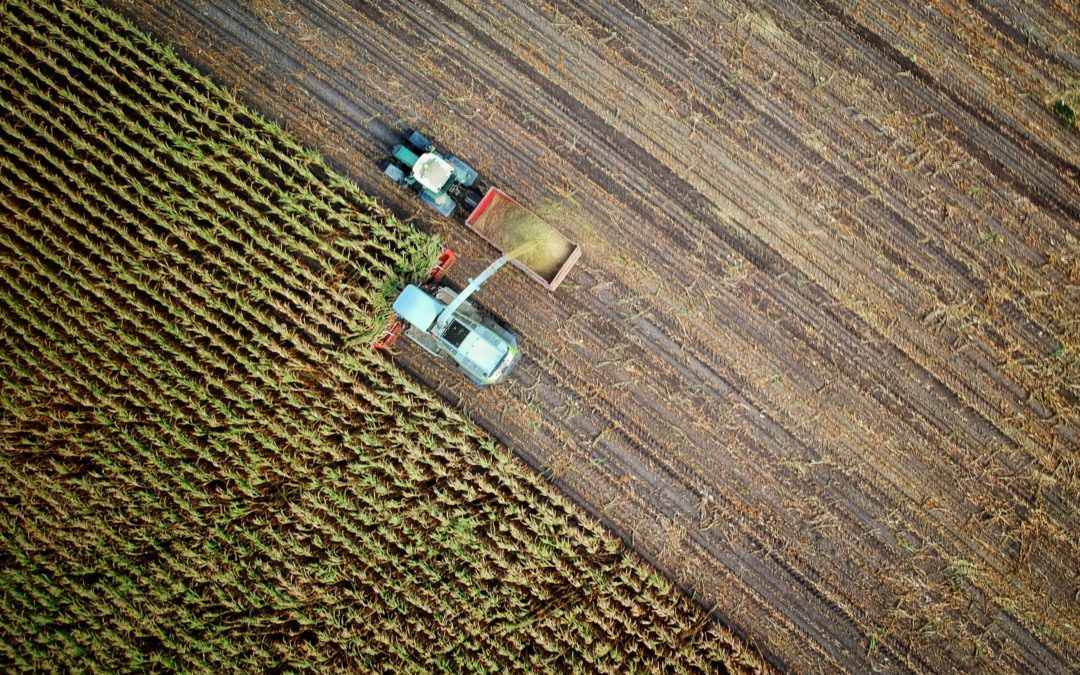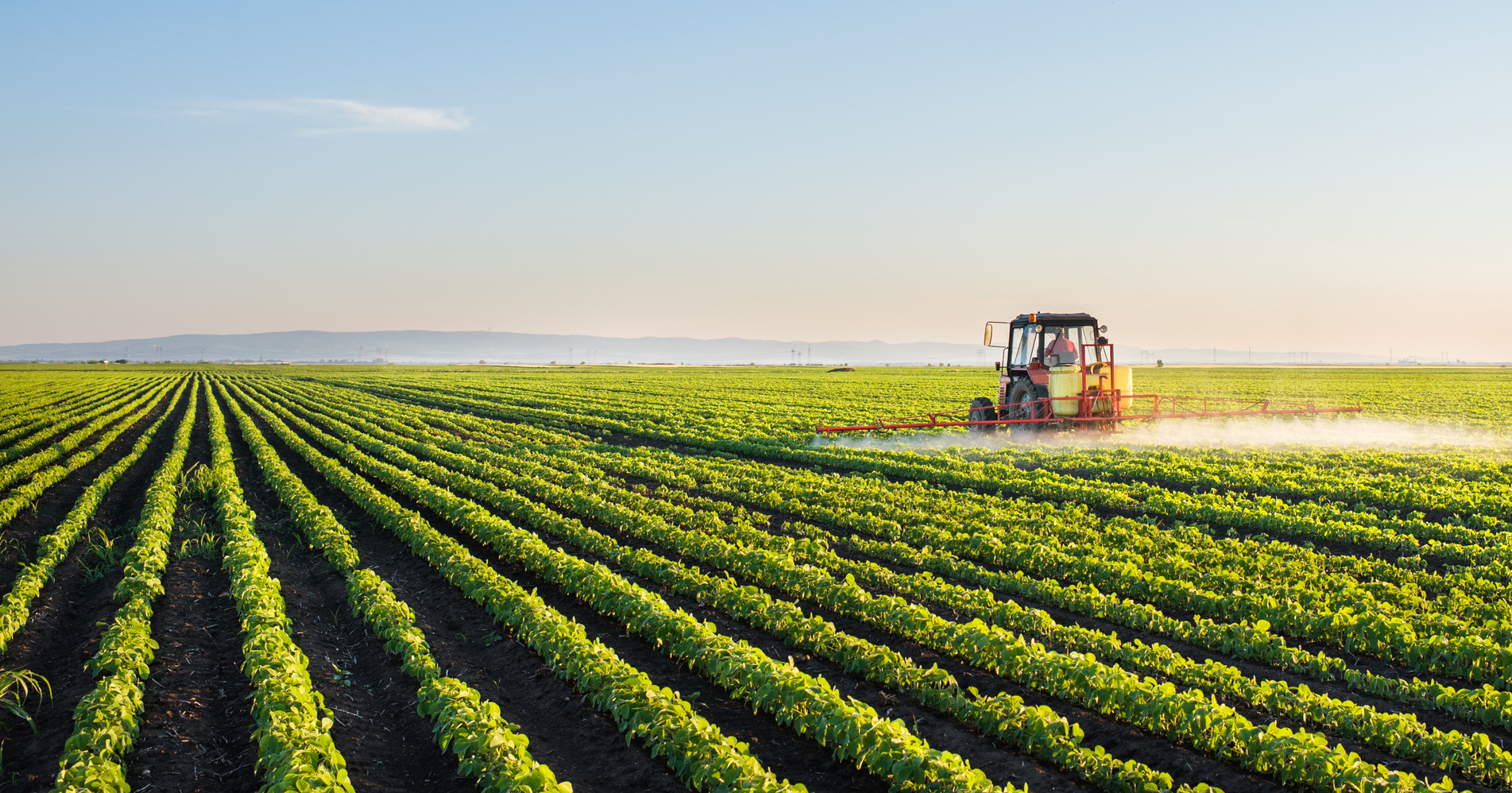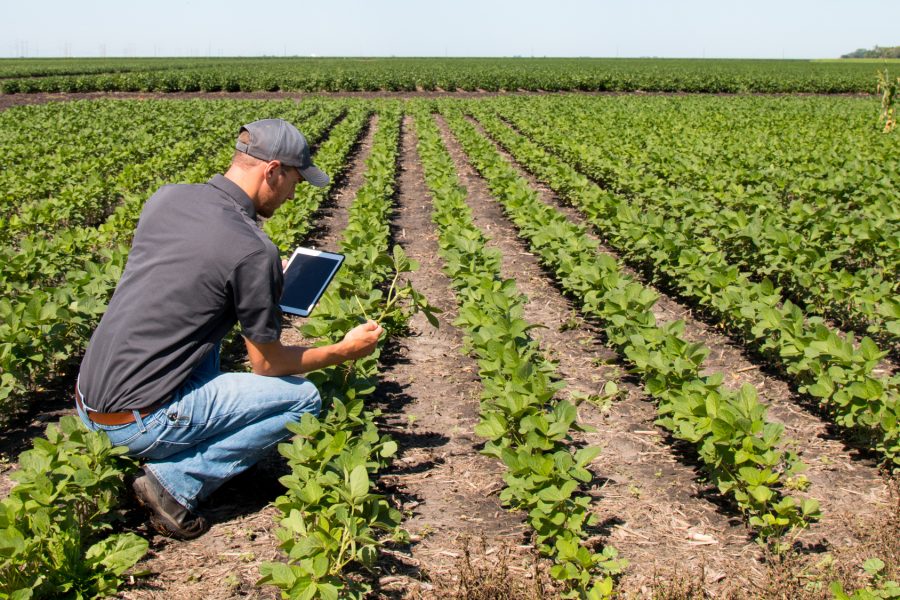The signatories of the Paris Climate Accord hope to limit average global temperature increases to between 1.5 to 2.0 C. degrees by 2050 in the decarbonization race to achieve net-zero carbon dioxide emissions. But if recent temperatures are any indication, we’re not off to a good start. The seven warmest years on record occurred from 2015 through 2021, according to the National Oceanic and Atmospheric Administration’s National Centers for Environmental Information.
Fortunately, there are multiple ways to eventually achieve net zero emissions through decarbonization. Three proven methods include eliminating the use of carbon-emitting fossil fuels, reducing their use when elimination isn’t immediately possible, and removing carbon from the atmosphere with the help of carbon offset credits.
These are a few necessary answers if the world is to reach net-zero emissions by 2050.
What is Decarbonization?
Decarbonization is the reduction and eventual elimination of processes that produce and release carbon into the atmosphere and remove atmospheric carbon. Each component is essential to a future of net-zero emissions, but we’ll focus first on removal.
While scientists continue to work on ways to remove carbon from the atmosphere, they already know that the simple act of planting more trees may help slow global warming. Changing how we farm can also help, as practices that include reduced or no-tillage and green fertilizer can increase the amount of carbon the soil can store – its carbon capture.
One company in the vanguard of this area is Nori, which is building a blockchain-based marketplace for carbon removal. Here’s how it works. In phase 1, a company works with U.S. farmers that adopt regeneration practices, which increase their carbon capture potential. Nori then verifies the related carbon credit and then converts the credit into what it calls Nori carbon removal tonnes, or NRTs. One NRT equals one metric tonne of carbon dioxide sequestered in the soil for at least 10 years. After the NRT is independently verified, Nori generates a non-fungible token (NFT) on the blockchain. Once bought, the NFT is permanently retired. This step is crucial in ensuring the same credit is not passed around from one buyer to the next.
Companies must meet stringent criteria to prove their carbon offset creation. They need to adopt regenerative practices, such as reduced tillage, lower synthetic fertilizer use, cover cropping, and rotational grazing. Additionally, they must provide 30 years of historical data, forward-looking data until 2030, and evidence of adopting new regenerative practices after 2011. The contrast between old and new practices determines carbon credits, lasting 10 years as NRTs. Farmers establish NRT prices on Nori and can sell 85% of their NRTs in alternative marketplaces.
The financial aspect of this process can be volatile, but suppliers receive protection. NFTs, being cryptocurrencies, face the same volatility as other digital currencies. Farmers and landowners leasing to farmers can hedge against future price fluctuations by purchasing carbon at potentially lower costs today. Nori’s use of blockchain to retire each NFT and independent verifiers to guarantee buyer satisfaction sets the company apart from its competitors.
A Decarbonization Opportunity for Agriculture
Agriculture, a major carbon emitter, has the potential to lead climate change combat in the next 30 years. This industry offers investors significant environmental benefits and alternative investment opportunities, making it a crucial player in the fight against climate change.
According to McKinsey, it’s Net Zero 2050 scenario would require spending on physical assets of about $275 trillion between 2021 and 2050, or 7.5 percent of GDP, in the areas the organization analyzed. Because agriculture has so much need to reduce carbon dioxide released into the air and so much potential to address this challenge, in January 2022, Agrifood Conversations spoke with several movers and shakers, helping to move the world closer to net-zero emissions.
In addition to Nori, they included:
- EarthOptics, which helps farmers use sustainable soil management practices, won the AGCO Innovation Challenge against more than 100 international agtech start-ups worldwide vying for the award.
- Soil Carbon Co., which promotes microbial soil sequestration to help capture carbon and increase soil resilience.
- Vence, is an autonomous livestock control and virtual fencing company using artificial intelligence to optimize rotational and strip grazing to maximize yield.






